Explain about Ribosomes
Definition - Ribosomes are small, granular, non- membranous structure which is mafe up of RNA and protein and concerned with protein synthesis.
In 1943 presence of ribosomes are first observed by Claude and later in 1955 Palade described a detailed description of it by define the name. Ribosomes are also named as Claude’s particles according to its discovery.
Distribution of Ribosomes - Ribosomes are all not equal in size. It is mainly found to remain attached with the endoplasmic reticulum of prokaryotic and eukaryotic cells. Some of the comparatively smaller ribosomes are present in the mitochondria and cytoplasm which are known as mitoribosome and cytoribosome.
In eukaryotic cells ribosomes are almost million in numbers whereas in bacterial cell contains almost 10,000 ribosomes. Number of ribosomes varies from cell to cell as it is more in those cells which are associated with protein synthesis. Ribosomes those are remain freely scattered in the cytoplasm are called monosomes. mRNA make cluster together to form polyribosome.
Origin of Ribosomes - It is found in all eukaryotic cells. These organelles are formed by the
joining of nucleolus and cytoplasm. The ribosomal RNA (rRNA) is formed in the
nucleus. In the eukaryotic cell they are remain attached to the endoplasmic
reticulum and are called rough endoplasmic reticulum.
In prokaryotic cell, the RNA is formed by the DNA thread which is present in the nucleoid region and the entire thing takes place in cytoplasm.
Structure of Ribosomes - these are spherical, oval, in shape, where two unequal subunits remain attached to each other by magnesium ions .It can be dissociated due to the decreased of magnesium ions. Among the two subunits bigger one is spherical and smaller one is oval. It does not contain any membrane as it is composed of special type of RNA, called rRNA (ribosomal RNA) and histone protein.
Chemical Composition of Ribosomes - It contains r-RNA and protein in equal amount in eukaryotic cells and in prokaryotic cell the ratio is 2:1.Ribosomes are remain attached with the rough endoplasmic reticulum by the compound called ribophorin.
Sedimentation co Efficient - As ribosomal subunits are of different sizes, these are particles can be identified by an index called sedimentation co efficient. It is the method which is done by ultracentrifugation methods. As the bigger one will be precipitate early and the smaller will be precipitate later. The rate of precipitation is expressed as the subunit called Svedberg unit. It is denoted as “ S”. Like 80S ,70S, 55S etc.
Different types of Ribosomes:
1. 80S ribosomes remain attached to the endoplasmic reticulum of eukaryotic cells. Two subunits are 60s + 40s.
2. 70S ribosomes freely scattered in the cytoplasm of prokaryote. Two subunits are 50s and 30s .
3. 55S ribosomes found in mitochondrial matrix. Two subunits are 35s + 25s.
Functions of Ribosomes:
Ribosomes have different functions-
1. Protein synthesis- Ribosomes are associated with protein synthesis.
2. m-RNA
formation- Ribosomes jointly formed the template on which the amino acids are
joined one after one to form the polypeptide chain of
protein.
From Explain about Ribosomes to HOME PAGE
Recent Articles
-
What Is Plasma? | Blood Plasma | Proteins | Nutrients | Cholesterol
Nov 07, 25 10:29 AM
Blood is a mobile fluid which is a connective tissue and is derived from the mesoderm like cell any other connective tissue. Colour of blood is reddish and that flows inside the blood vessels by means… -
Disorders of Respiratory System | Tuberculosis | Pleurisy | Emphysema
Oct 28, 25 11:39 PM
Tuberculosis is very common disease and is caused by a type of bacteria called Mycobacterium tuberculosis. This disease causes different trouble in the respiration and infection of several parts of th… -
Regulation of Respiration | Respiratory Centres | Inspiratory Area |
Oct 14, 25 12:13 AM
Respiratory Centre is the area that controls the rate of respiration and it is observed to be located in medulla oblongata and pons. Respiratory Centre has the following will dispersed components like… -
Explain Transport of Gases | External Respiration | Tissue Respiration
Oct 09, 25 11:35 PM
In humans gaseous exchange is completed in the following ways the steps are - External Respiration or Breathing - Breathing in false taking in of Oxygen and giving out of carbon dioxide in the body. M… -
Kind and Number of Teeth | Location of Teeth in Mouth | Care of Teeth
Sep 11, 25 12:52 AM
Kind and Number of Teeth
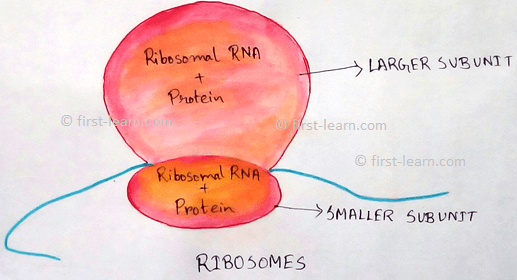
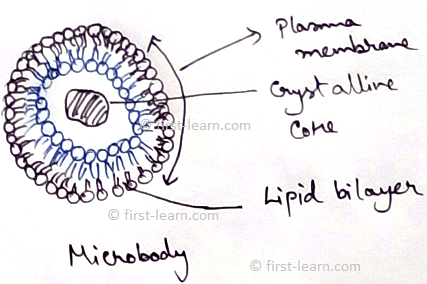
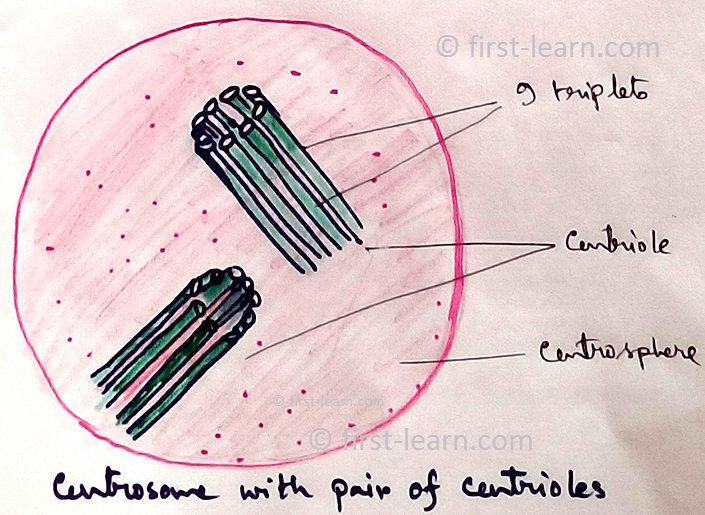
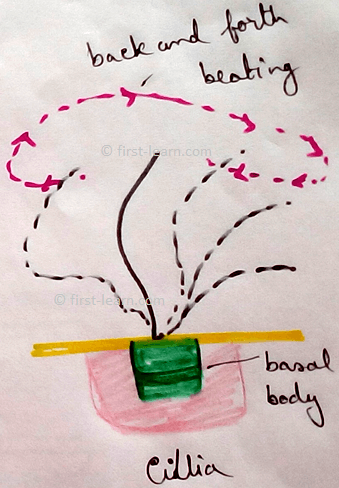
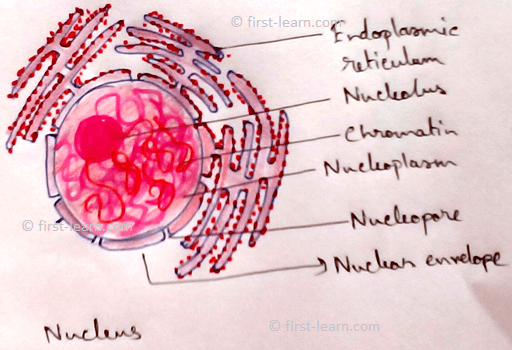
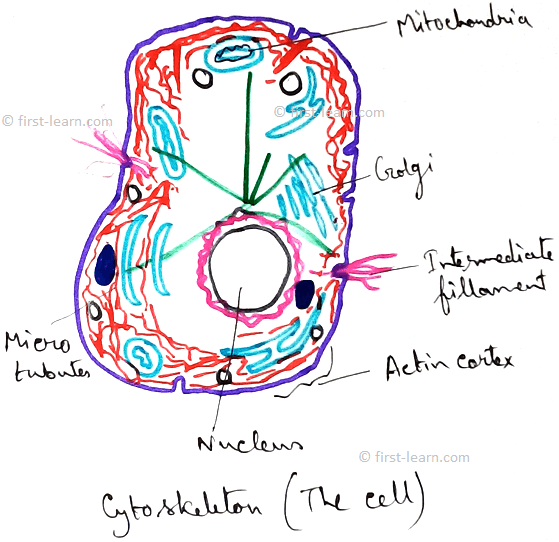
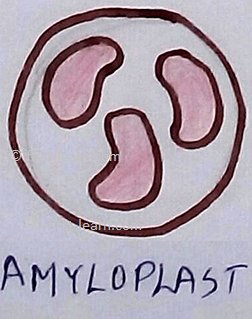

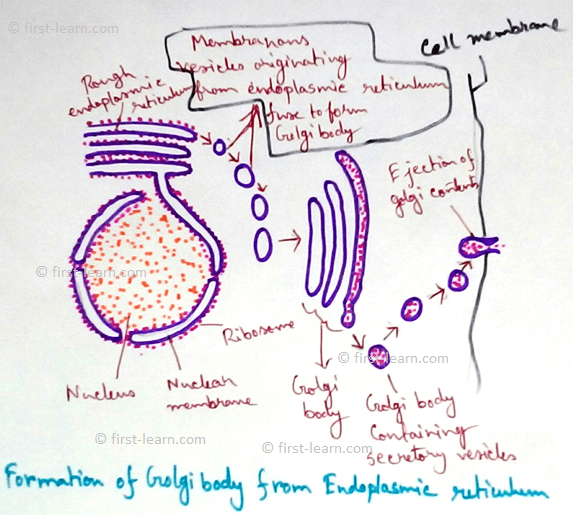
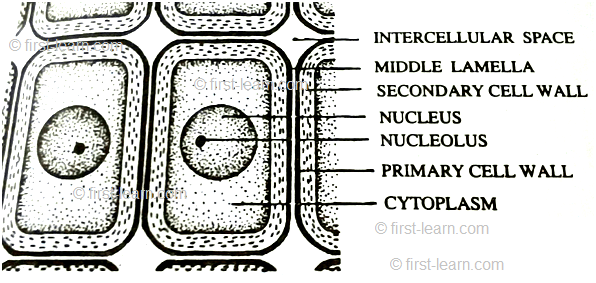





New! Comments
Have your say about what you just read! Leave me a comment in the box below.